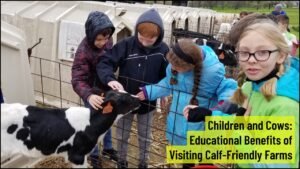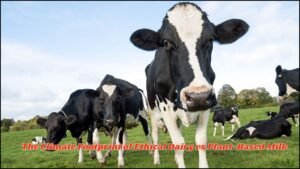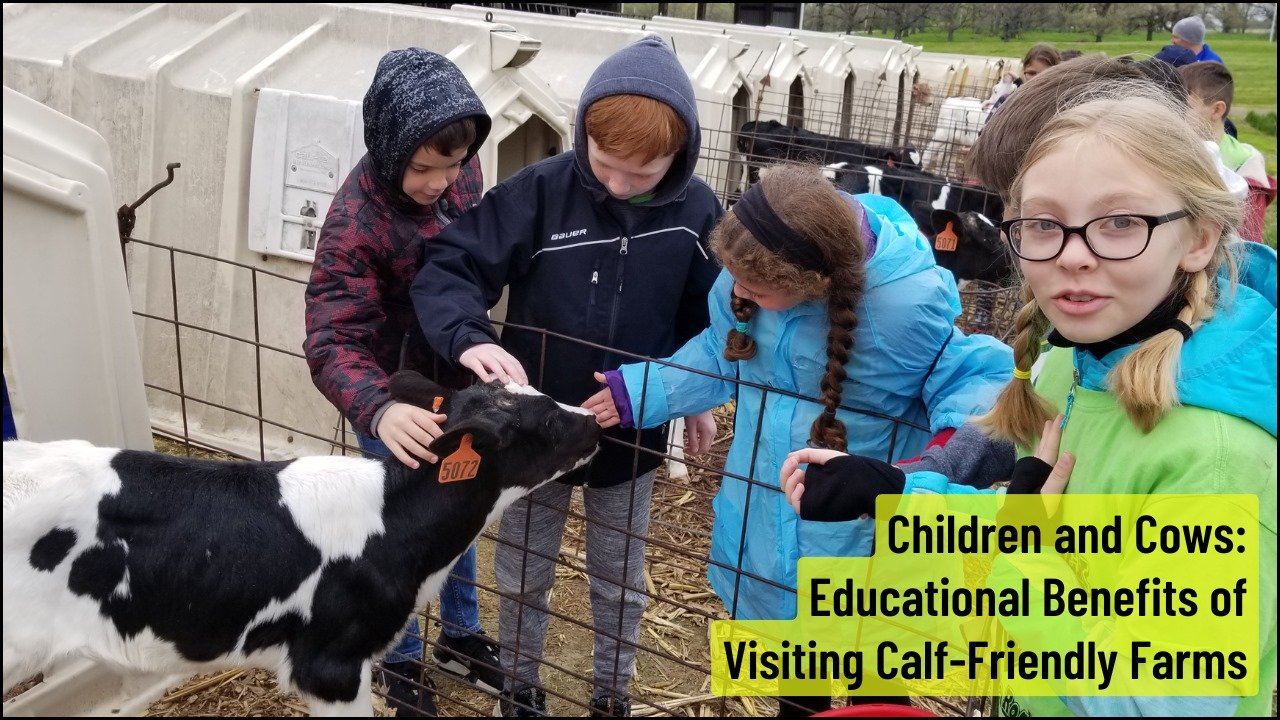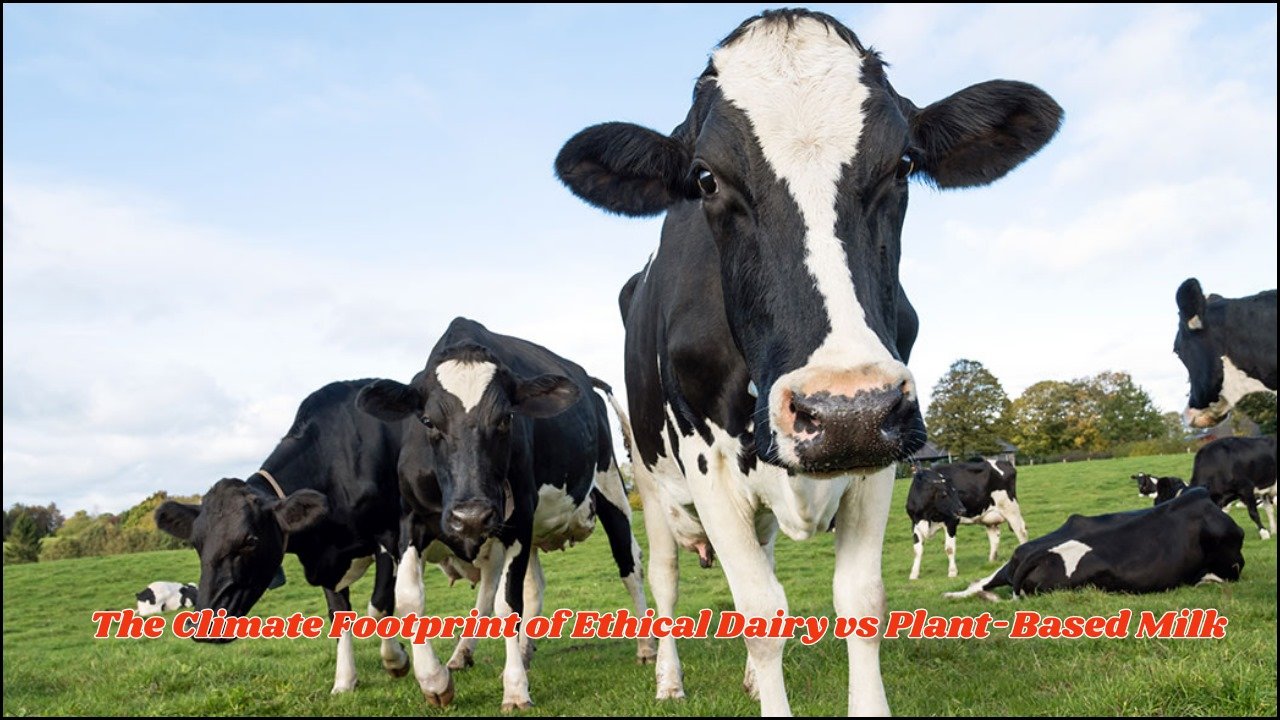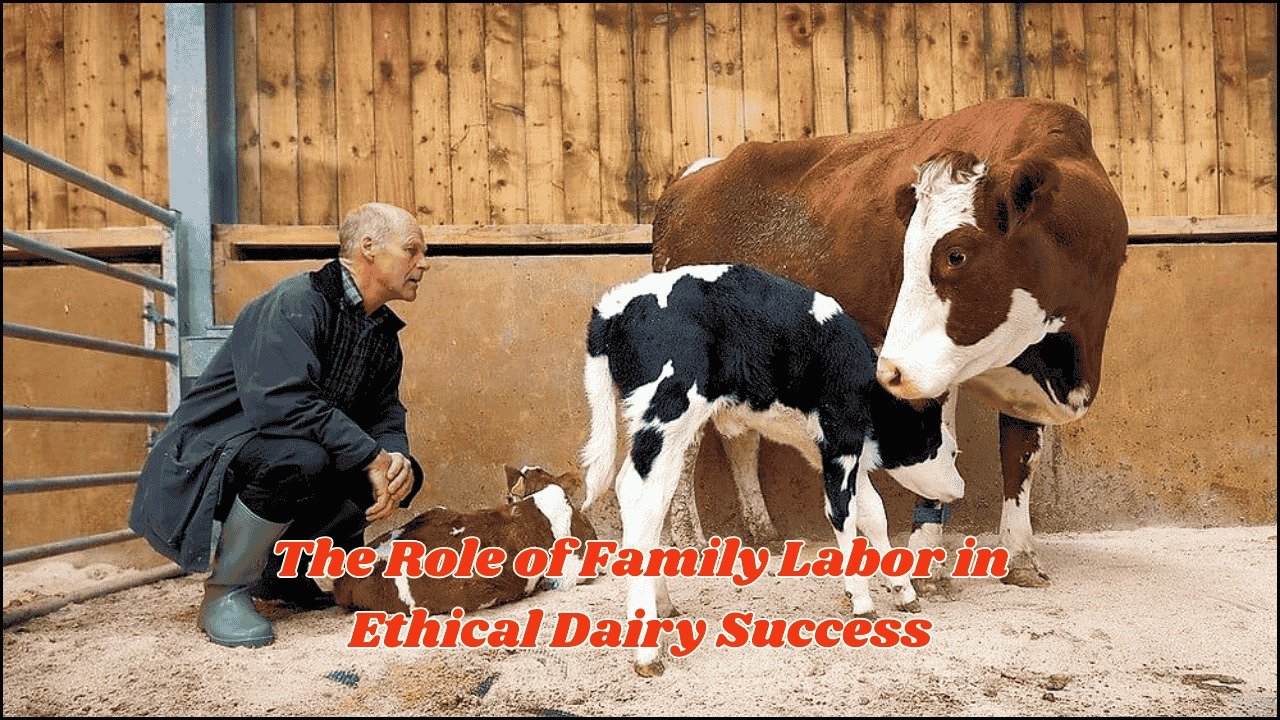
Cow-with-calf farming systems, where calves remain with their mothers for extended periods before weaning, have gained attention for their potential animal welfare and environmental benefits. However, measuring the carbon footprint of such systems is complex. Standard carbon accounting tools like AgRECalc—commonly used to assess farm-level greenhouse gas (GHG) emissions—are not fully adapted to reflect the unique characteristics of cow-with-calf operations. This mismatch can lead to inaccurate environmental assessments and undervalue their contributions to sustainability.
Table of Contents
Overview
| Challenge/Opportunity | Current Tool Limitation | Suggested Improvement |
|---|---|---|
| Growth rate measurement | Penalises slower early growth | Factor in lifetime productivity and health gains |
| Methane calculation | Uses generic feed intake data | Incorporate actual grazing patterns and diet diversity |
| Soil carbon sequestration | Often underrepresented | Fully integrate soil carbon monitoring |
| Weaning and lactation variables | Fixed assumptions based on early weaning | Adjustable parameters for different systems |
| Biodiversity and welfare | Rarely included in carbon scores | Add qualitative and quantitative biodiversity indicators |
Carbon Measurement
Accurate carbon accounting is crucial for:
- Guiding farm management decisions
- Informing government policy and subsidies
- Supporting sustainability claims for market differentiation
If measurement tools fail to capture the specific carbon dynamics of cow-with-calf systems, their environmental advantages could be overlooked, potentially discouraging adoption despite their ecological and ethical benefits.
Limitations of Current Carbon Accounting Tools
1. Standardised Assumptions
Tools like AgRECalc rely on fixed assumptions regarding feed efficiency, growth rates, and lactation cycles—parameters often based on conventional early-weaning systems. Cow-with-calf farming alters these dynamics significantly, meaning default settings may not reflect actual outcomes.
2. Feed Conversion and Growth Rates
Calves in cow-with-calf systems may have slower early growth but can benefit from reduced stress and improved long-term health. Current models tend to penalise slower growth rates without accounting for lifetime productivity gains or reduced veterinary interventions.
3. Methane Emissions Estimates
Enteric methane production is typically calculated using generic feed intake data. Cow-with-calf systems often involve different grazing patterns, extended pasture access, and potentially more diverse diets—all of which influence methane output but may not be captured in standard equations.
4. Carbon Sequestration Oversight
Extended grazing in rotational or regenerative pasture systems can increase soil carbon sequestration. However, many carbon calculators focus on livestock emissions and only partially integrate soil carbon benefits, leading to an incomplete picture.
Potential Ways Forward
1. System-Specific Data Collection
Collecting empirical data from cow-with-calf farms—including feed composition, grazing duration, calf health metrics, and pasture management—would allow for more precise carbon modelling.
2. Adaptation of Existing Models
AgRECalc and similar tools could incorporate adjustable parameters for weaning age, lactation duration, and pasture use. This would make them more flexible in capturing the nuances of alternative systems.
3. Whole-Farm Life Cycle Assessment (LCA)
Rather than focusing narrowly on livestock emissions, a whole-farm LCA could evaluate the integrated impacts, including biodiversity gains, soil health improvements, and reduced reliance on imported feeds.
4. Integration of Remote Sensing and Precision Agriculture
Satellite monitoring and precision grazing technologies can provide real-time data on pasture condition, biomass growth, and carbon sequestration—offering a more dynamic and accurate picture.
Wider Sustainability Considerations
While carbon emissions are a critical metric, environmental impact in agriculture is multidimensional. Cow-with-calf farming may:
- Reduce stress-related health issues in calves
- Improve maternal health and reproductive efficiency
- Support regenerative grazing practices that benefit biodiversity
- Potentially reduce reliance on external feed inputs
A more comprehensive measurement approach would allow policymakers, farmers, and consumers to understand these benefits alongside GHG outcomes.
FAQs
1. What is cow-with-calf farming?
A = It’s a livestock management system where calves stay with their mothers for longer before weaning, allowing for natural suckling and extended maternal care.
2. Why can’t current carbon calculators handle this system well?
A = Because they are built on assumptions from conventional systems, which differ significantly in feeding, growth rates, and grazing patterns.
3. How can measurement be improved?
A = By collecting system-specific data, adjusting existing models, and incorporating broader environmental indicators like soil carbon and biodiversity.

